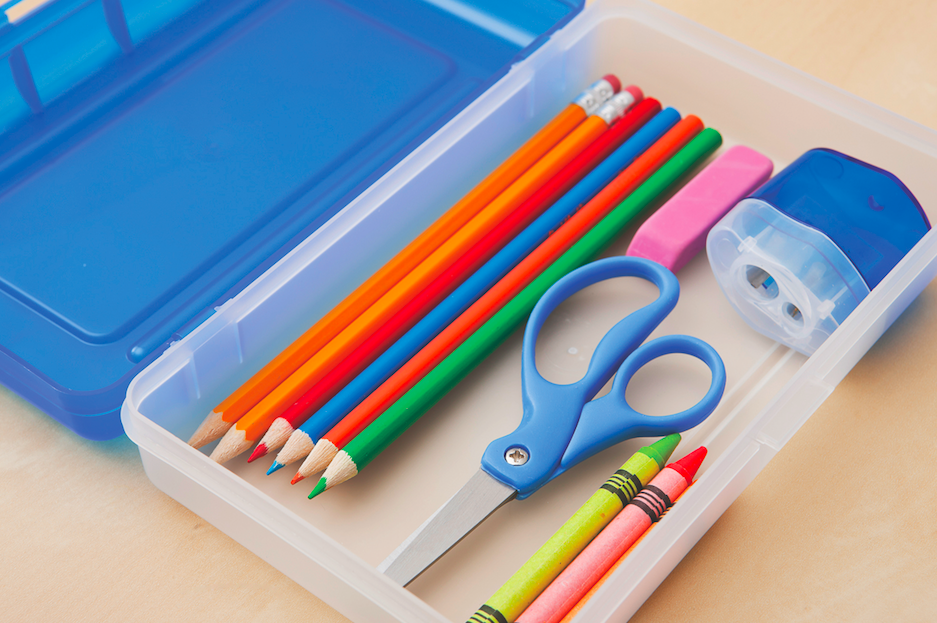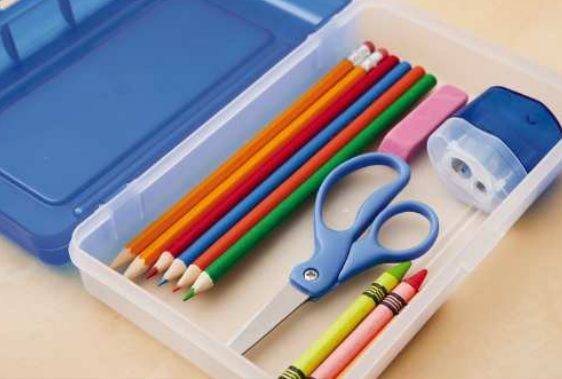Shopping for school supplies once entailed stocking up on pens, pads and notebooks. Students today still buy many of the same items, though they also now stock up on electronics. Technology and education now go hand-in-hand. For students to find success both in and out of the classroom, the right tech can make all the difference.
• High-speed internet: Connectivity is key in a digitally driven world. Students need access to the internet for homework, lectures, email, entertainment, and much more. The faster your internet speed the better. According to the resource HighSpeedInternet.com, streaming videos on a single device or web browsing requires between five and 40 Mbps. Downloading large files or using multiple devices simultaneously requires high speeds. When accessing the internet via smartphones, make sure your plan has unlimited data or provides enough data to ensure interruptions do not occur.
• Laptop or notebook computer: Laptops and notebook devices are similar in that both offer many types of software preloaded that a student will need. The devices seem interchangeable, but there are some differences. Laptops are generally larger than sleek, light notebooks. Notebooks are sized to fit easily into backpacks. Notebooks tend to have minimal features, including less RAM capacity and slower speeds, helping to keep their costs down. Some notebooks may have very small amounts of hard drive storage space, requiring users to purchase external storage devices.
• Headphones: Most schools now require students to have their own dedicated pair of earbuds or over-the-ear headphones so that work conducted on a computer does not disturb others also working on their own devices. Headphones also can make it easier to hear and comprehend videos and other digital lessons while doing homework.
• Chargers/battery packs: Devices must maintain power to help kids learn. Students can benefit from having a backup charger or battery pack to maintain functionality on their devices. • Storage and charging base: Keeping electronics neat and accessible for the family may mean rethinking countertop or other storage spaces. Charging stations hold multiple devices and allow them to charge simultaneously.
• Touchscreen pen: Many notebook and laptop computers have touchscreens that respond to pens/styluses and make drawing or writing on the screen more detailed.
• Printer/scanner: While many schools have adopted paperless formats, there may come a time when printing an assignment or report is necessary. A quality ink-jet printer can fit the bill. A scanner to scan photos or documents also makes it easier to complete assignments.
The above are just some of the many gadgets that can assist students with their studies.














